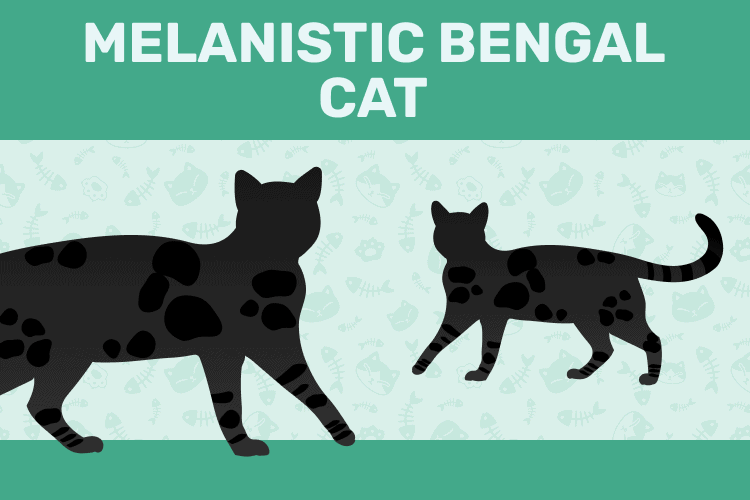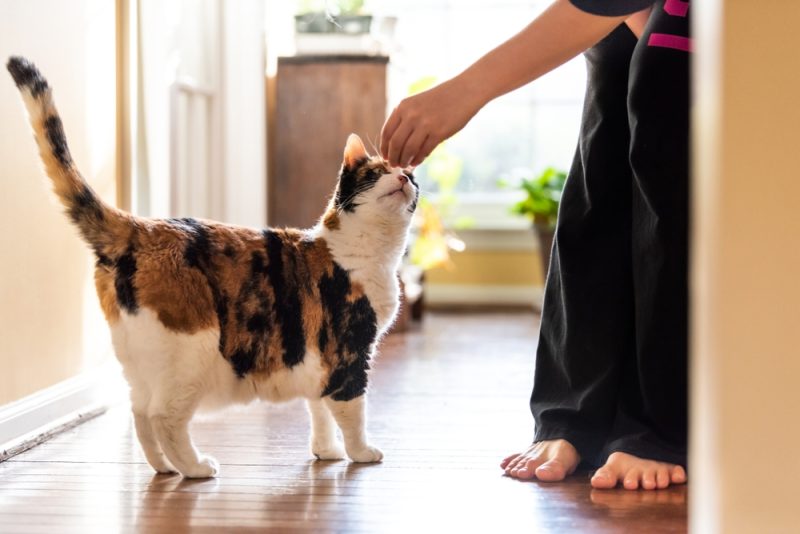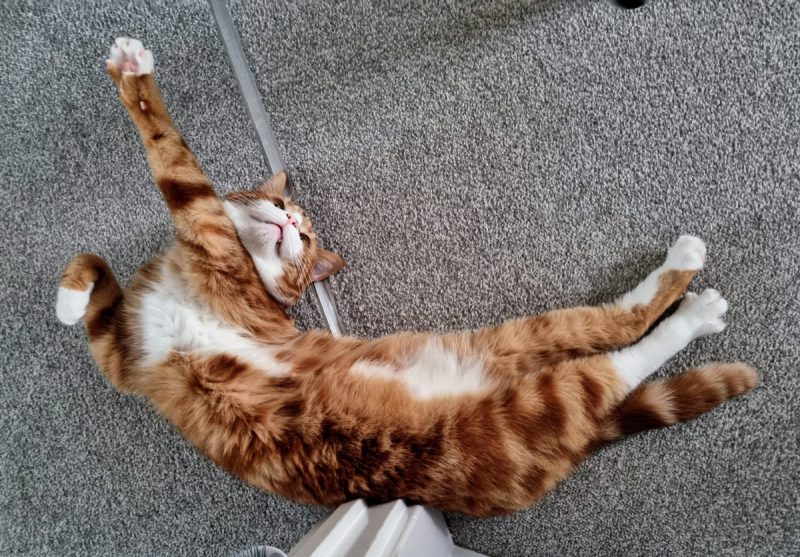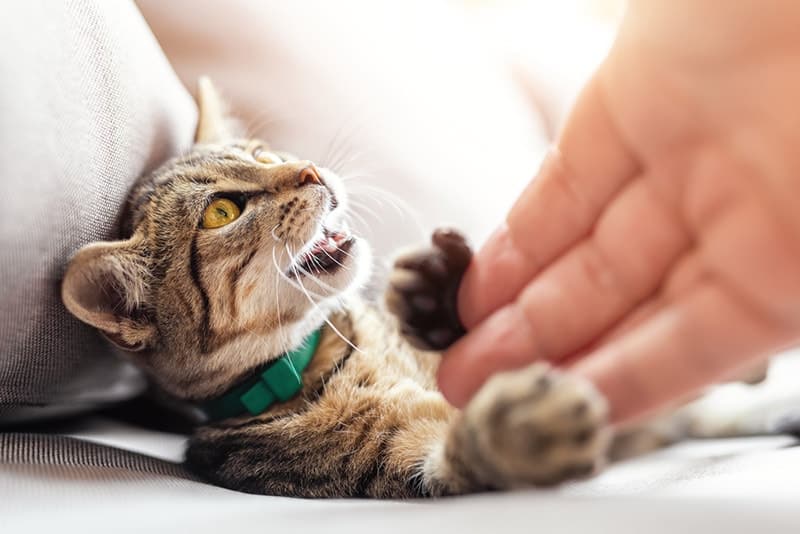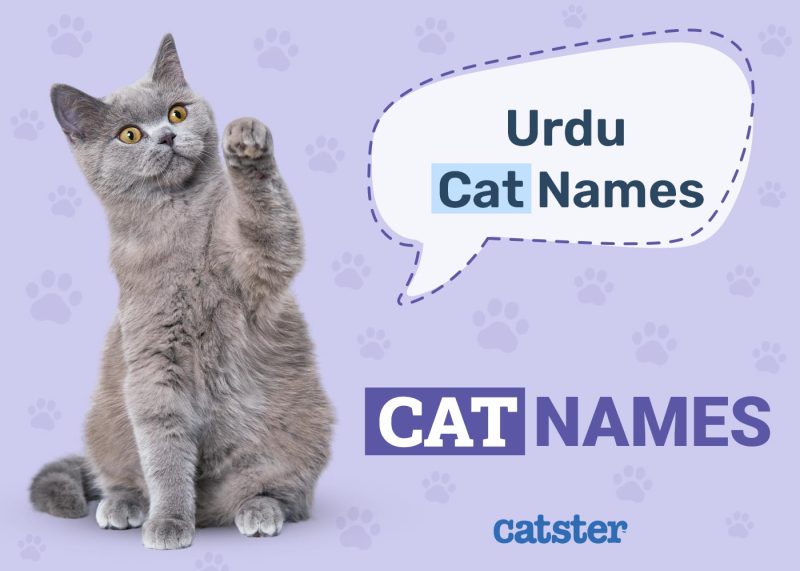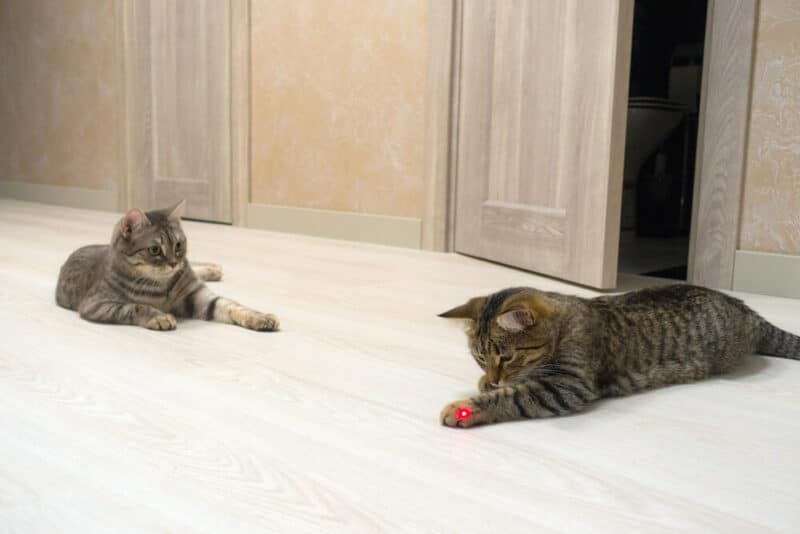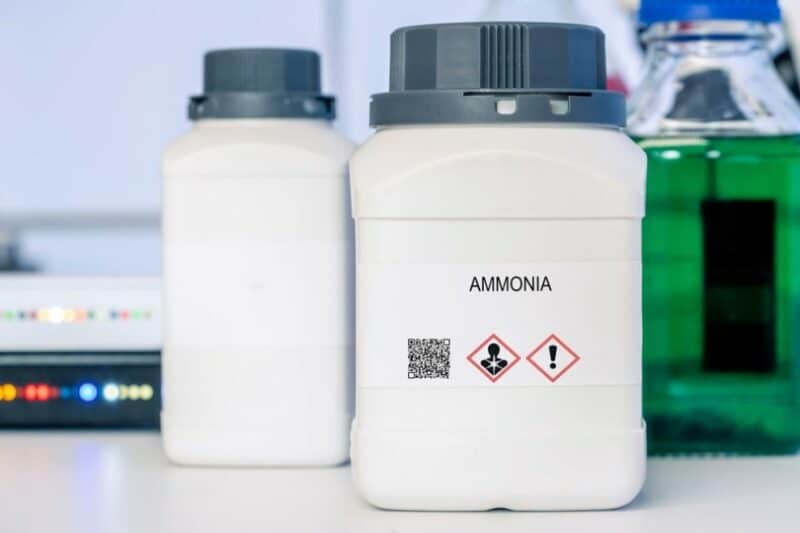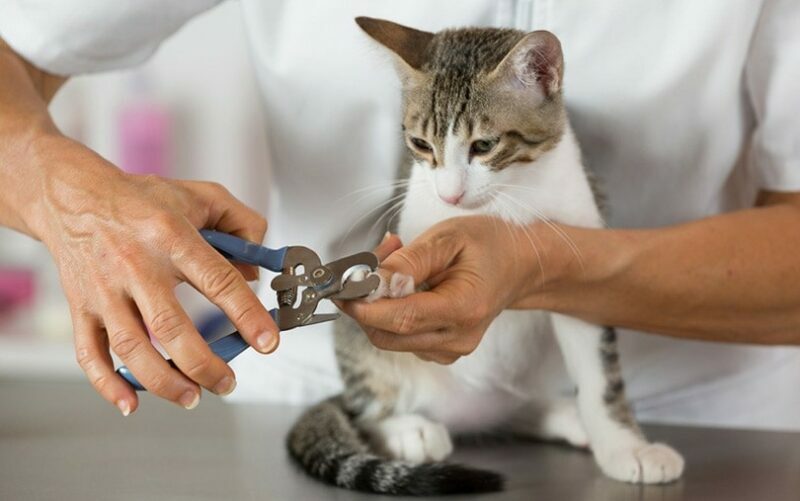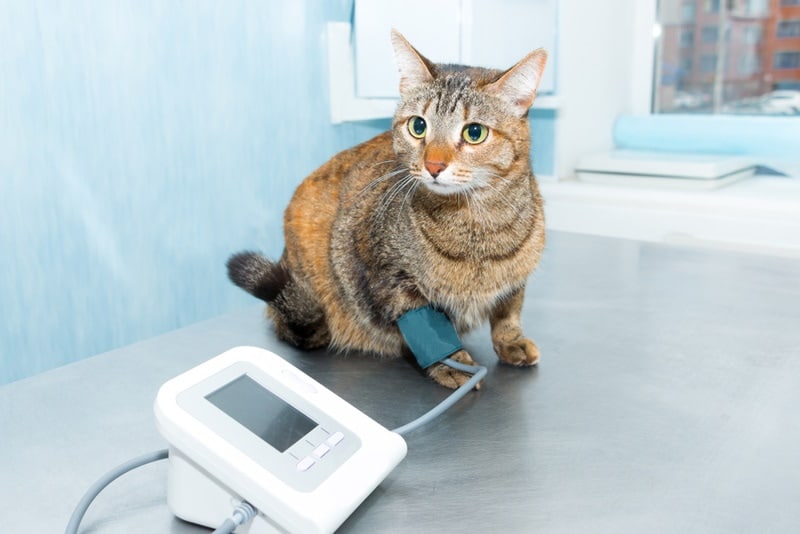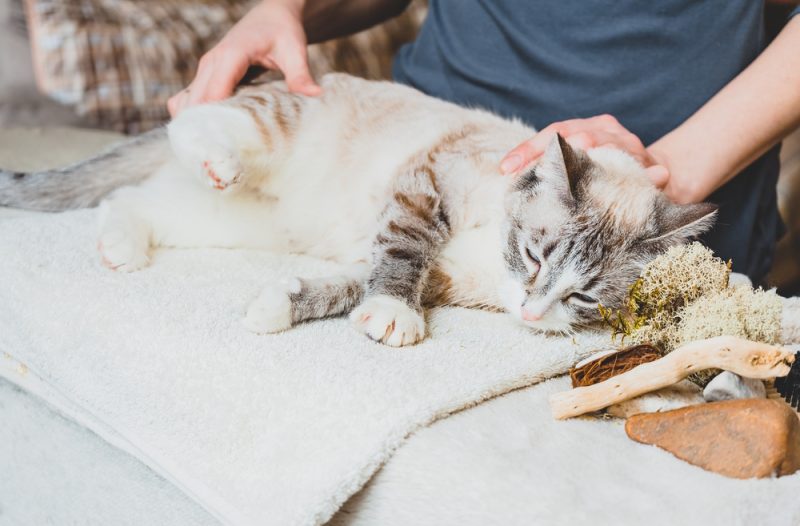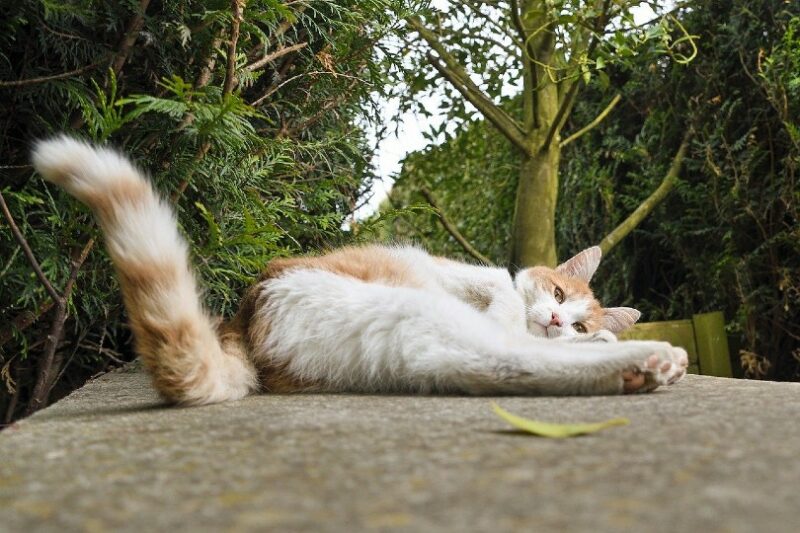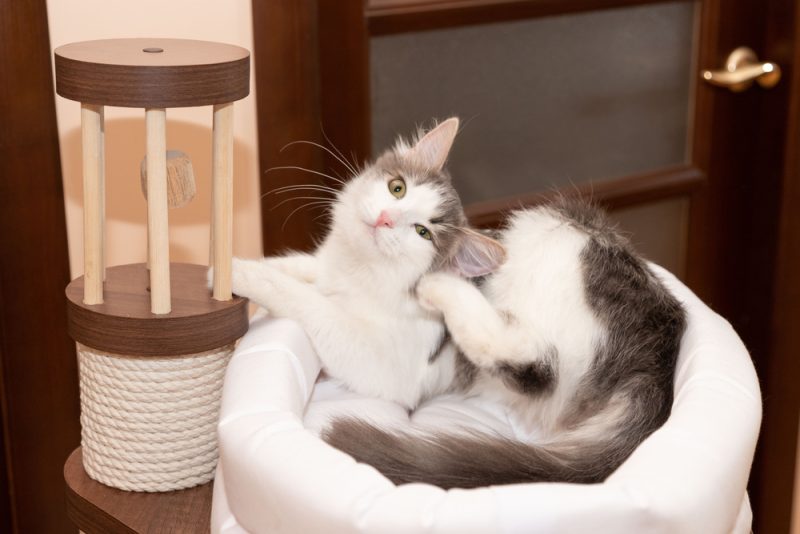The black (melanistic) Bengal cat is a beautiful creature, and while they are not as common as their tawny counterparts, they are certainly worth seeking out. These cats have a fascinating history and many interesting facts about them.
Bengals are known for their wild appearance, and the black Bengal cat is no exception. They have large rosettes on their fur, and their bodies are muscular and sleek. They are also known for being intelligent and active, which means they need plenty of stimulation and exercise.
Black Bengals occur from a genetic mutation that causes an overabundance of the dark pigment melanin. As a result, the cats have black fur with beautiful dark markings.
Black (Melanistic) Bengal Cat Characteristics

The Earliest Records of Black (Melanistic) Bengal Cats in History
The Bengal cat is a hybrid created by crossing the Asian Leopard Cat with the domestic cat. The first Bengals were bred in the USA in the 1960s, and they have since become a popular choice for many cat lovers.
Little is known about when the first black Bengals were bred. Melanin mutations are a common occurrence in the animal kingdom, such is the case of the black Jaguar. So, it is likely that black Bengals have been around for many years.
However, Bengals, in general, are a relatively newer breed, so melanistic Bengals are just starting to become established among breeders.
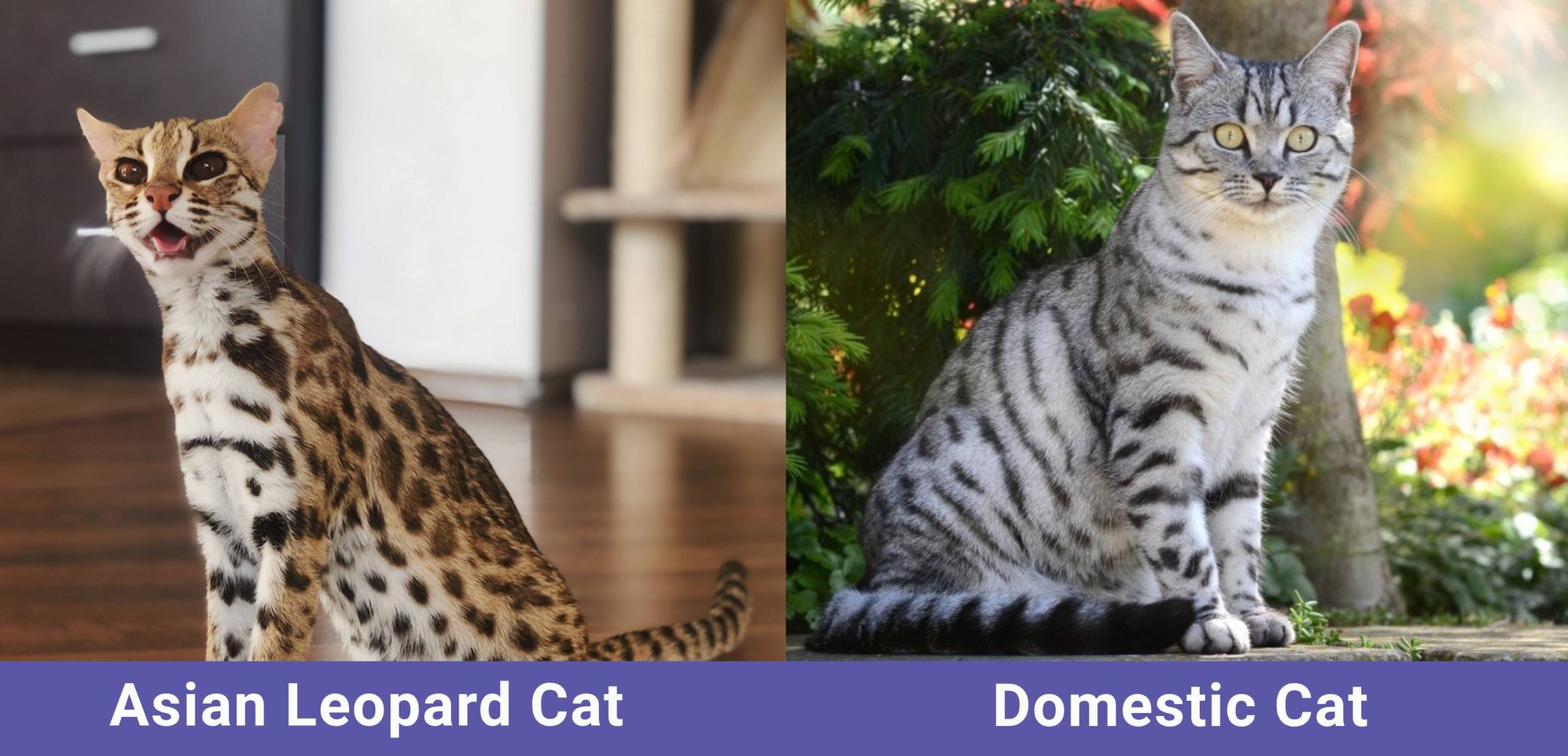
How Black (Melanistic) Bengal Cats Gained Popularity
The Melanistic coat is rare due to the responsible genes being recessive. Cast your mind back to high school biology and remember that recessive genes are only represented when both parents possess the correct alleles. Even then, the two alleles must match up, which is a statistical game (remember Punnett squares?)
Because of this delicate balance of genes, prospective owners should be aware of possible health issues from genetic inbreeding. Creating black Bengals does not necessarily mean they’re inbred, but over generations, the genetic population may be scarce.
Today, black Bengals are still quite rare, but they are becoming more popular as people learn about them. They make great pets for those looking for an active and intelligent companion. They are also perfect for those who love the exotic look of a wild cat but don’t want the hassle of caring for one.
Formal Recognition of Black (Melanistic) Bengal Cats
Black Bengals are not formally recognized by The International Cat Association (TICA). This association was founded in 1979 and is responsible for registering and governing hybrid and domestic cat breeds.
- Brown tabby
- Seal sepia tabby
- Seal mink tabby
- Seal lynx point
- Black silver tabby
- Seal silver sepia
- Seal silver mink tabby
- Spotted
- Marbled
- Charcoal spotted
- Charcoal marbled
Among these recognized colors and patterns are certainly some darker colors. However, they do not include completely melanistic cats; instead, they are more along the lines of charcoal or smoke.
On the flip side, the Cat Fanciers Association describes melanistic Bengals within their breed standards, so the jury’s still out!

Top 3 Unique Facts About Black (Melanistic) Bengal Cats
1. Ghost Markings
While the black Bengal’s coat is mostly solid black, they often have “ghost markings.” These pale markings are only visible in certain lights or when the cat is wet.
The markings can take the form of stripes, spots, or rosettes. Ghost markings are usually more visible on the legs, belly, and face. Some black Bengals have very faint markings, while others have prominent ones.
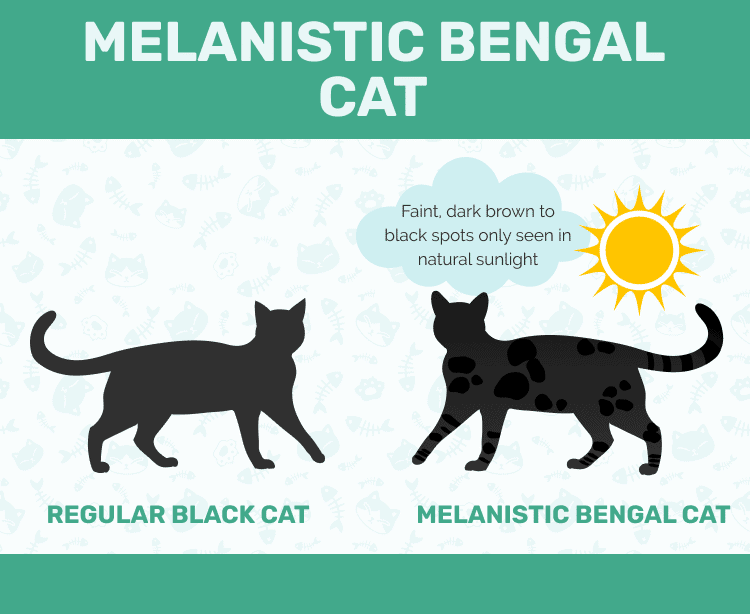
2. A Black Panther in Your Home
Black Bengals have often been described as looking like miniature panthers. That is not surprising, given their wild appearance and sleek, muscular bodies. They’re very active and agile, and they love to play. They are also intelligent and curious and need plenty of stimulation and exercise.
If you are looking for the closest thing to a pet wild cat, a black Bengal is the cat for you!
3. Costly Pet
The Bengal is an expensive breed, but black Bengals are even more so. This is due to their rarity and the fact that TICA does not yet recognize them.
If you want a black Bengal cat, be prepared to pay upwards of $2,000 for a kitten. Prices will vary depending on the breeder, the cat’s parentage, and whether the cat is show quality.

Does a Black (Melanistic) Bengal Cat Make a Good Pet?
While they are not cheap, black Bengal cats make wonderful pets. They are intelligent, active, and loving companions that will keep you entertained for years. If you’re thinking of getting a Bengal, it’s essential to do your research first. Bengals can be high-maintenance pets, and they are not suitable for everyone. However, if you think you can handle their demands, a black Bengal cat could be the perfect choice for you.
It should be your top priority to find a reputable breeder. Bengal cats are not cheap, and you want to make sure you are getting a healthy and well-adjusted kitten.

In Conclusion
Black Bengal cats are beautiful, exotic felines that make great pets for those willing to meet their needs. They require a lot of exercise, stimulation, and attention, but they will repay you with years of loving companionship.
If you can provide a black Bengal with the home they deserve, be prepared to fork out plenty of cash. They are not cheap, but they are definitely worth the investment.
See also:
Featured Image Credit: Catster.com
